EXPLORE
28 Ingredients To Look Out For On Your Food Labels At The Grocery
Published
3 months agoon

Shutterstock
When shopping for food, it’s important to look beyond the front label and read the ingredient list carefully. Many products contain hidden additives, preservatives, and other substances that could impact your health. From artificial sweeteners to controversial preservatives, these ingredients may pose risks if consumed regularly. Understanding what to look out for can empower you to make healthier choices for yourself and your family. This list highlights 28 food ingredients you should be mindful of when checking food labels.
High Fructose Corn Syrup (HFCS)
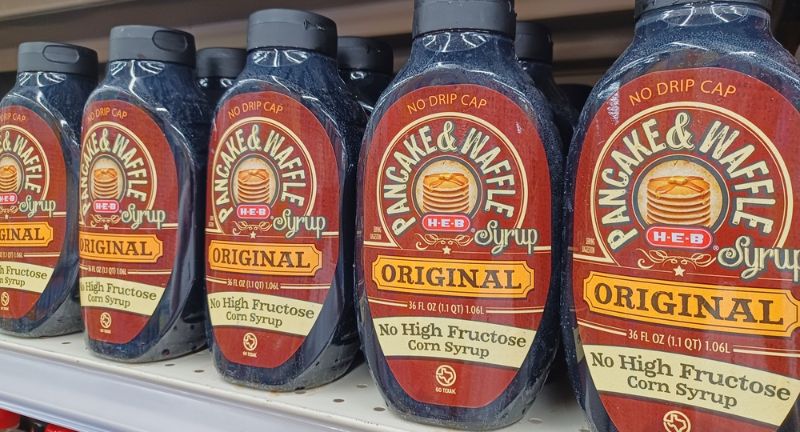
Shutterstock
High Fructose Corn Syrup (HFCS) is a common sweetener found in many processed foods and beverages. It is linked to obesity, diabetes, and liver issues due to its high sugar content. HFCS is often used because it’s cheaper than sugar but provides little to no nutritional value. Reading labels carefully can help you avoid this ingredient in sodas, snacks, and baked goods.
Artificial Sweeteners
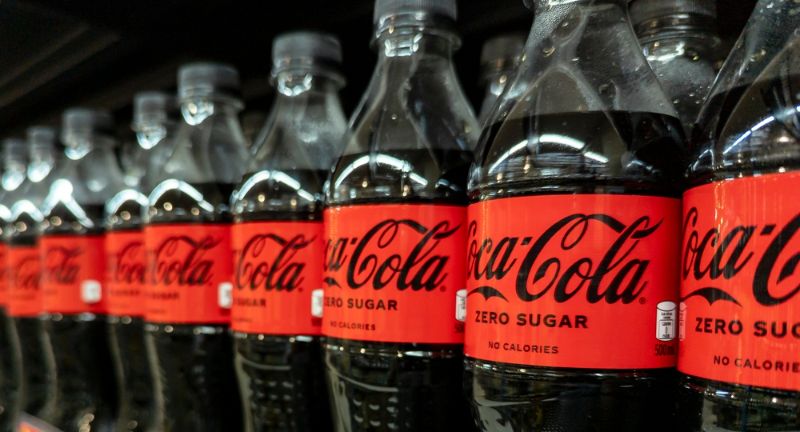
Shutterstock
Artificial sweeteners such as aspartame, saccharin, and sucralose are often added to diet or “sugar-free” products. While they reduce calorie intake, some studies link them to potential health issues, including digestive problems and headaches. Their long-term effects remain debated, making them a controversial ingredient. Opt for natural sweeteners like stevia or honey as safer alternatives.
Monosodium Glutamate (MSG)

Shutterstock
MSG is a flavor enhancer commonly found in processed and fast foods. While it can make dishes taste better, some people experience adverse reactions like headaches, nausea, and chest pain after consuming it. MSG is often hidden under names like “hydrolyzed protein” or “yeast extract.” Avoiding highly processed foods can help you steer clear of this additive.
Trans Fats

Shutterstock
Trans fats are artificial fats created through hydrogenation to extend shelf life. They are commonly found in margarine, baked goods, and fried foods. Trans fats raise bad cholesterol levels while lowering good cholesterol, increasing the risk of heart disease. Look for terms like “partially hydrogenated oils” on labels and choose healthier fats like olive oil or avocado instead.
Refined Grains
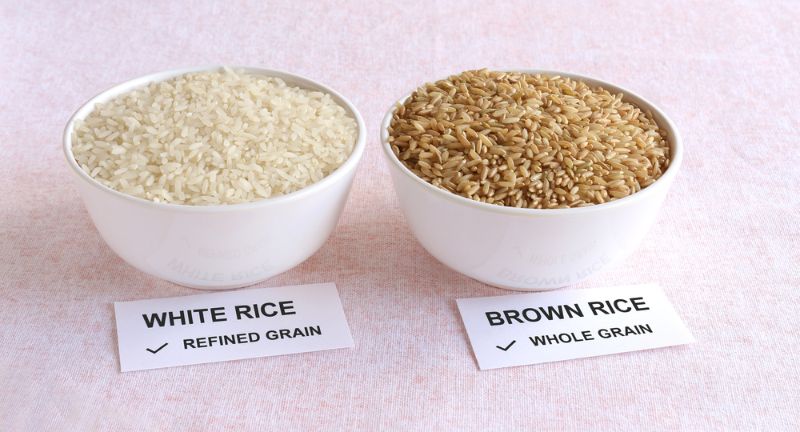
Shutterstock
Refined grains, such as white flour and white rice, have been stripped of nutrients and fiber. These grains are commonly used in bread, pasta, and pastries, contributing to blood sugar spikes and crashes. Whole grains like brown rice or whole wheat are better alternatives for sustained energy and improved digestion. Checking for “whole grain” or “100% whole wheat” on labels can help you make healthier choices.
Sodium Nitrates and Nitrites
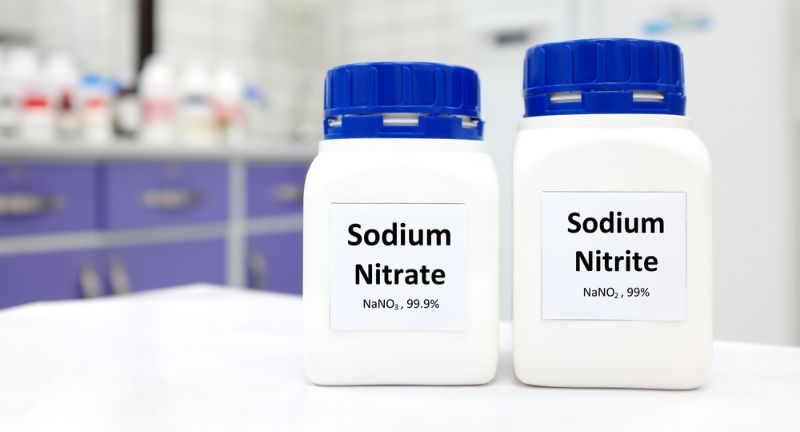
Shutterstock
Sodium nitrates and nitrites are preservatives found in processed meats like bacon, sausages, and hot dogs. These chemicals help prevent bacterial growth but are linked to an increased risk of cancer. They can also contribute to high blood pressure and heart issues. Opt for nitrate-free or minimally processed meats whenever possible.
Artificial Food Dyes
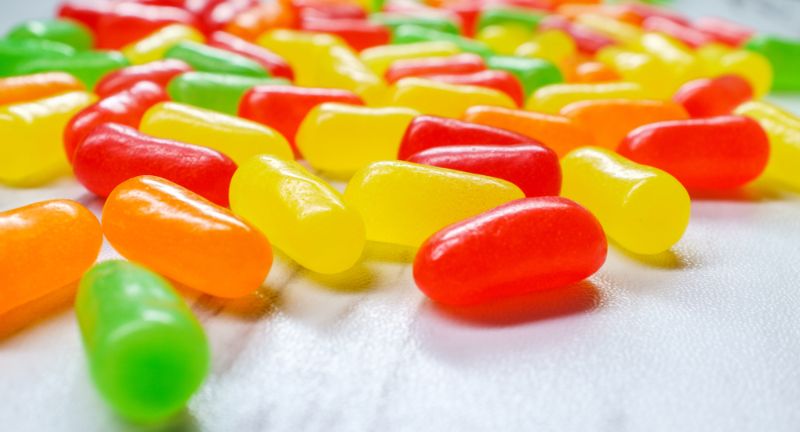
Shutterstock
Artificial food dyes, such as Red 40, Yellow 5, and Blue 1, are commonly used to enhance the appearance of foods. While they make products visually appealing, some studies link them to hyperactivity in children and allergic reactions. These dyes are often found in candy, drinks, and baked goods. Choosing products with natural colorants like beet juice or turmeric is a healthier option.
Palm Oil
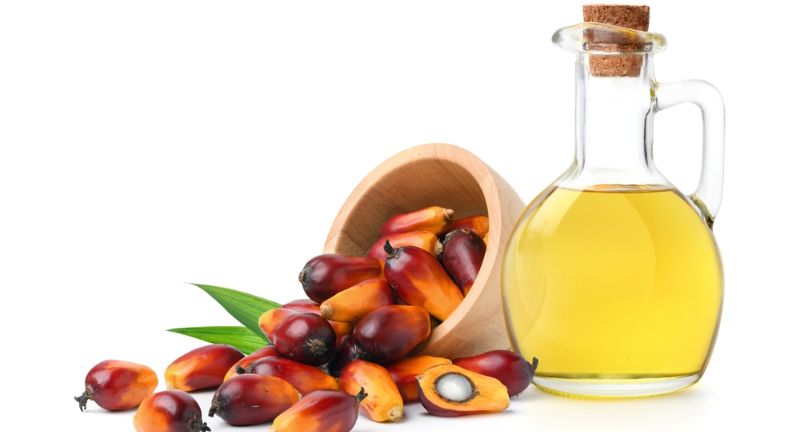
Shutterstock
Palm oil is a common ingredient in processed foods, but its production has significant environmental consequences. It contributes to deforestation and habitat destruction for endangered species like orangutans. Additionally, palm oil is often highly processed, reducing its nutritional value. Look for sustainable palm oil or avoid it entirely by choosing products with alternative oils.
Carrageenan
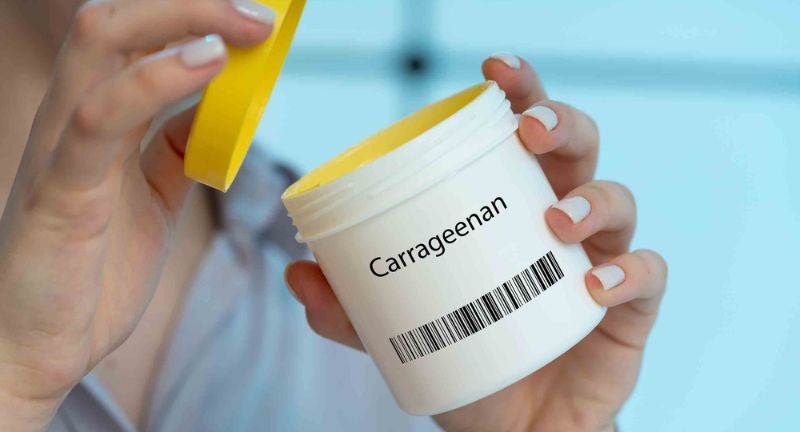
Shutterstock
Carrageenan is a thickener and stabilizer often found in dairy and plant-based milk alternatives. While derived from seaweed, it has been linked to digestive issues and inflammation in some individuals. Many studies suggest that it can irritate the gastrointestinal tract, leading to bloating and discomfort. Opt for carrageenan-free options to minimize potential adverse effects.
BHA and BHT

Shutterstock
Butylated Hydroxyanisole (BHA) and Butylated Hydroxytoluene (BHT) are preservatives used to extend shelf life. Found in cereals, snack foods, and chewing gum, they have been linked to potential carcinogenic effects. While still approved for use in food, their safety remains controversial. Consider avoiding processed foods with these additives and opting for fresher alternatives.
Polysorbates

Shutterstock
Polysorbates are emulsifiers commonly used in ice cream, sauces, and baked goods to improve texture. However, they may disrupt gut health by impacting beneficial bacteria. Prolonged consumption is suspected of contributing to inflammation and metabolic issues. Checking labels and choosing natural alternatives can help reduce exposure to these additives.
Sodium Benzoate
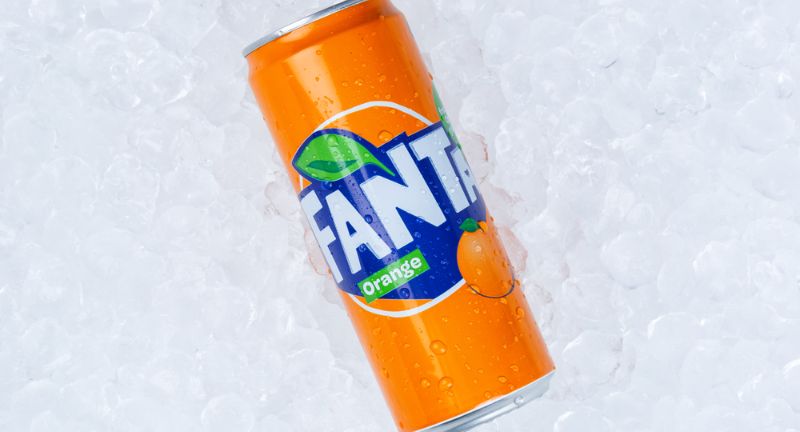
Shutterstock
Sodium benzoate is a preservative used in soft drinks, condiments, and acidic foods. While it helps prevent spoilage, it can form benzene, a known carcinogen, when combined with vitamin C. Some individuals also experience allergic reactions or hyperactivity linked to this additive. Choosing fresh or minimally processed foods is a safer choice.
Potassium Bromate

Shutterstock
Potassium bromate is a flour additive used to improve dough elasticity in bread and rolls. It has been linked to kidney and thyroid issues, as well as potential carcinogenic effects. Though banned in many countries, it is still used in some U.S. baked goods. Reading labels and choosing bromate-free bread options is essential for avoiding this harmful ingredient.
Propylene Glycol

Shutterstock
Propylene glycol is a synthetic additive used to maintain moisture in processed foods like frostings and snack cakes. Though deemed safe in small amounts, excessive consumption has been linked to potential allergic reactions and kidney damage. It is also used in industrial applications, raising concerns about its presence in food. Opt for less processed options to limit exposure.
Artificial Flavorings
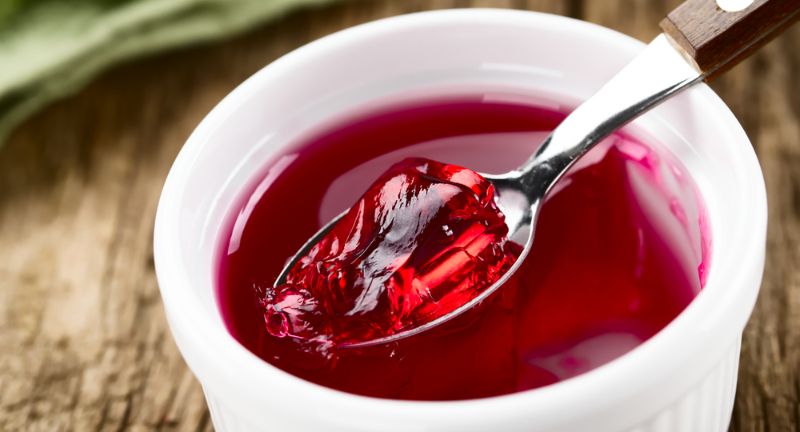
Shutterstock
Artificial flavorings are used to mimic natural flavors in many processed foods and beverages. While they enhance taste, they lack nutritional value and may trigger allergic reactions in sensitive individuals. These chemicals are often a blend of unknown compounds, leaving their long-term health effects uncertain. Choosing products with natural flavors or whole ingredients is a healthier choice.
Hydrolyzed Vegetable Protein (HVP)

Shutterstock
Hydrolyzed vegetable protein is used as a flavor enhancer in soups, snacks, and seasonings. It often contains hidden MSG, which may cause adverse reactions in some individuals. HVP also contributes to high sodium levels in processed foods, raising concerns about hypertension. Checking ingredient lists can help you avoid this additive and opt for lower-sodium alternatives.
Sucralose
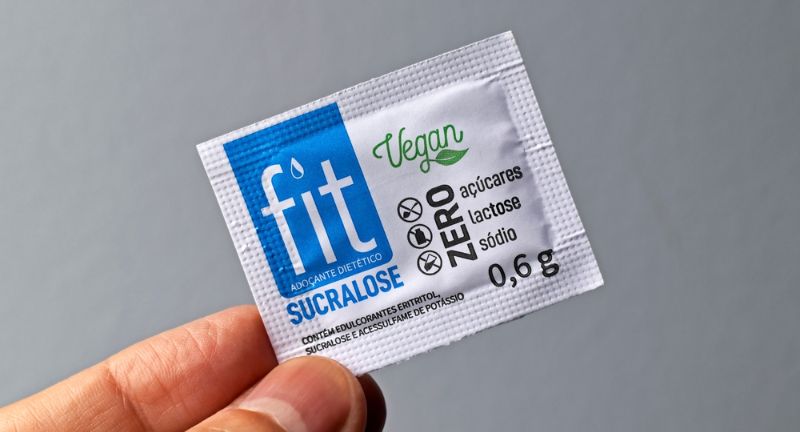
Shutterstock
Sucralose is a popular artificial sweetener found in sugar-free and low-calorie products. While it is calorie-free, some studies suggest it may disrupt gut health and alter blood sugar regulation. Cooking with sucralose at high temperatures can produce harmful compounds. For natural sweetness, consider alternatives like stevia or raw honey.
Partially Hydrogenated Oils

Shutterstock
Partially hydrogenated oils are a source of artificial trans fats, which are banned in many countries but may still appear in some products. They increase the risk of heart disease by raising bad cholesterol and lowering good cholesterol. These oils are commonly found in fried foods, margarine, and some baked goods. Avoiding processed snacks and checking labels is crucial to reduce trans fat intake.
Maltodextrin
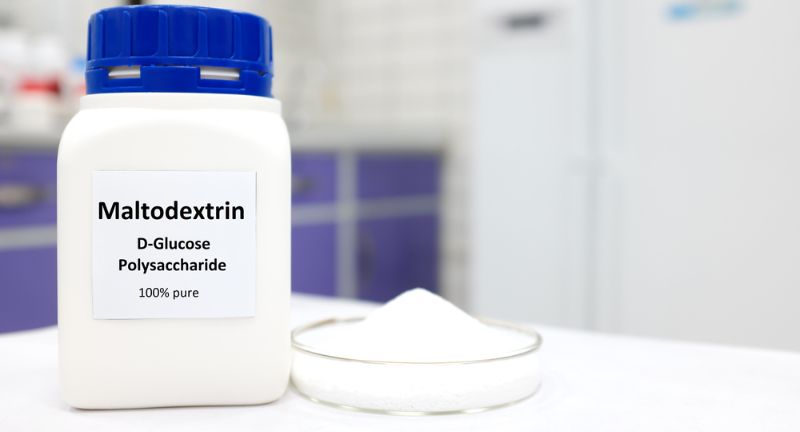
Shutterstock
Maltodextrin is a common food additive used as a thickener and preservative. While it provides quick energy, it has a high glycemic index and can spike blood sugar levels. Consuming too much maltodextrin may also disrupt gut health by feeding harmful bacteria. Choosing whole, unprocessed foods can help you avoid this ingredient.
Sorbitol
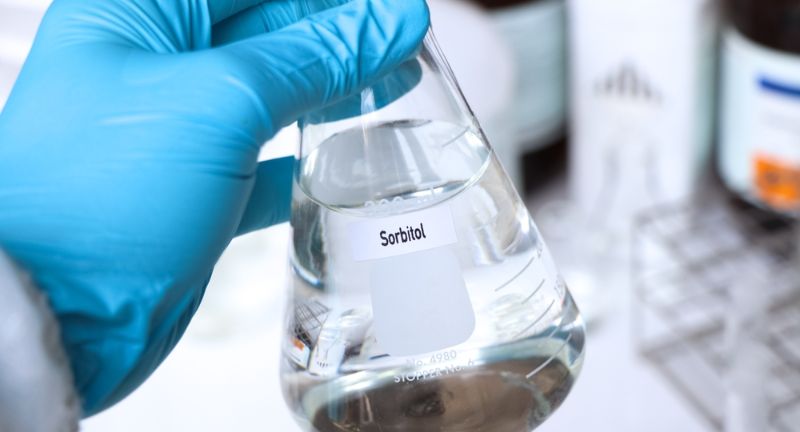
Shutterstock
Sorbitol is a sugar alcohol used in sugar-free candies, gums, and baked goods. While it contains fewer calories than sugar, excessive consumption may cause bloating, gas, or diarrhea. Sorbitol is poorly absorbed by the digestive system, leading to gastrointestinal discomfort in sensitive individuals. Moderation is key when consuming products containing this ingredient.
Propyl Gallate
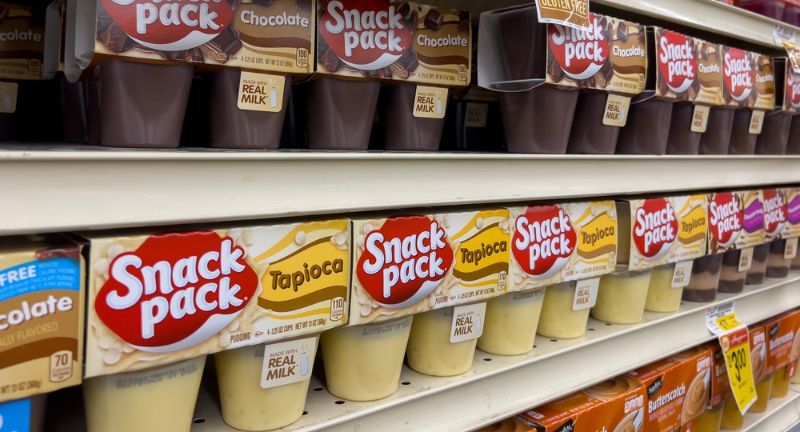
Shutterstock
Propyl gallate is an antioxidant added to oils and processed foods to prevent spoilage. While it extends shelf life, studies suggest it may have potential carcinogenic effects. It is commonly found in snacks, baked goods, and gum. Opting for fresh or minimally processed foods can help you avoid this controversial additive.
Sodium Aluminum Phosphate and Sodium Aluminum Sulfate
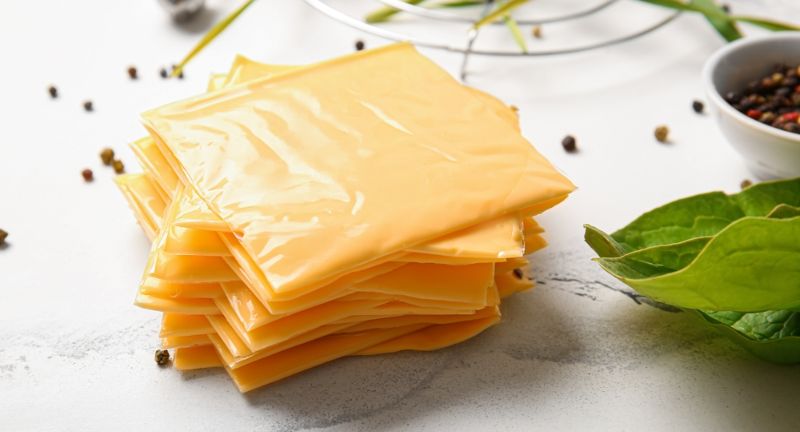
Shutterstock
Sodium aluminum phosphate and sodium aluminum sulfate are common additives in baked goods and processed foods, used as leavening agents. These compounds are a source of dietary aluminum, which, in high quantities, may contribute to neurological concerns such as Alzheimer’s disease. While deemed safe for occasional consumption, regular exposure can lead to aluminum accumulation in the body. Choosing products labeled “aluminum-free” is a simple step to reducing potential health risks.
Titanium Dioxide
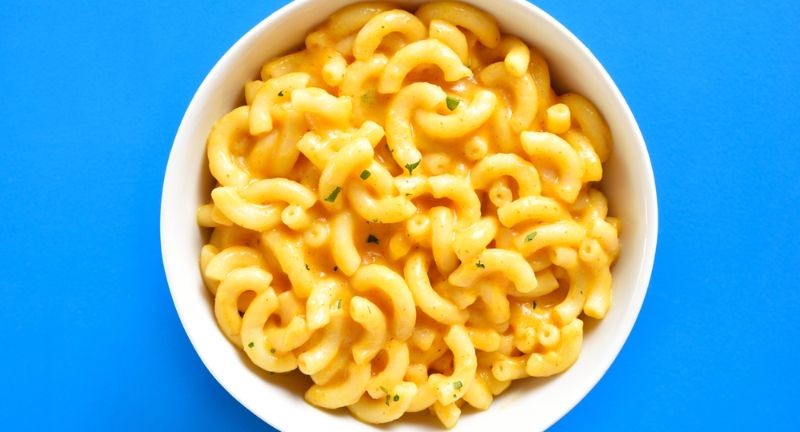
Shutterstock
Titanium dioxide is a whitening agent commonly found in candies, chewing gum, and some dairy products. Recent studies suggest it may disrupt gut health and potentially damage DNA due to its nanoparticle structure. While some countries, like the European Union, have banned its use, it remains approved in others, raising concerns among consumers. Avoiding heavily processed foods can help minimize your exposure to this controversial additive.
Potassium Sorbate

Shutterstock
Potassium sorbate is a preservative widely used in cheese, yogurt, and dried fruits to inhibit mold and yeast growth. Although it prolongs shelf life, it has been linked to allergic reactions and irritation in sensitive individuals. Emerging research also suggests that long-term exposure could potentially cause DNA damage, raising safety concerns. Opt for fresh or minimally processed alternatives to reduce the risk of consuming this additive.
Sodium Lauryl Sulfate (SLS)
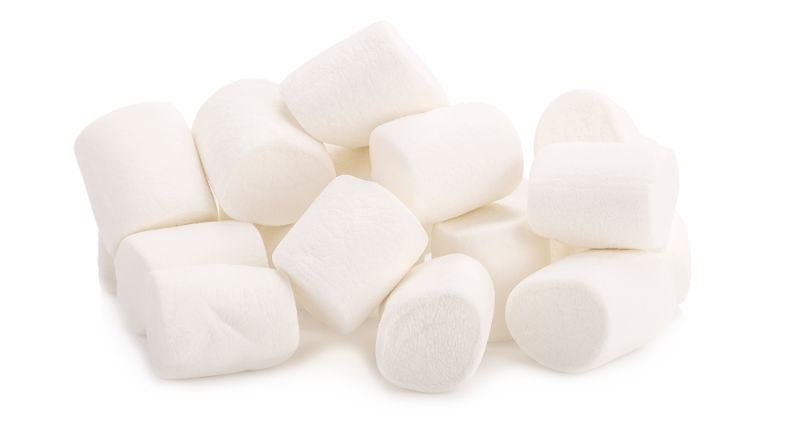
Shutterstock
Sodium lauryl sulfate (SLS) is best known for its use in personal care products but occasionally appears in processed foods as an emulsifier. While it helps improve texture and stability, SLS may irritate the digestive system and trigger allergies in some people. Its dual role as a food and industrial additive has led to questions about its safety in consumption. Checking labels and opting for natural alternatives can help avoid potential issues with SLS.
Propyl Paraben
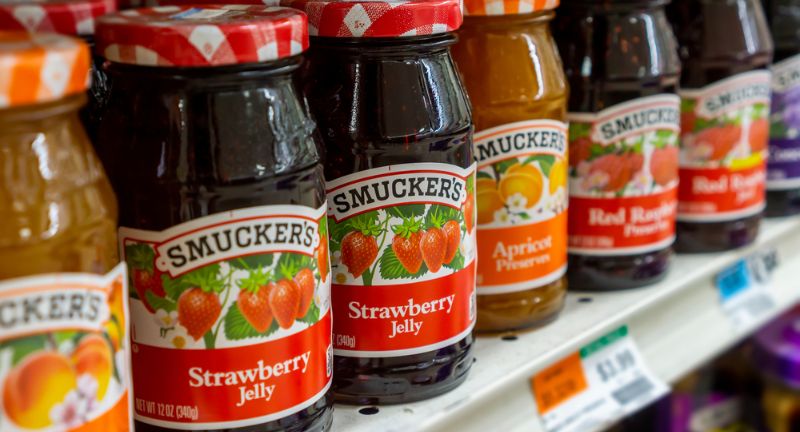
Shutterstock
Propyl paraben is a synthetic preservative used to extend shelf life in some baked goods and processed snacks. While effective against mold and bacteria, it has been associated with potential endocrine disruption and reproductive toxicity. Although more commonly found in cosmetics, its presence in food raises concerns about long-term exposure. Choosing preservative-free products is a simple way to avoid this controversial additive.
Glycerin

Shutterstock
Glycerin is often added to low-fat or sugar-free products to retain moisture and sweetness. While it is generally safe in small amounts, excessive consumption can lead to digestive issues like bloating and diarrhea. As a byproduct of industrial processes, its overuse in food has drawn criticism for potential gut health disruption. Moderating intake and choosing products with simpler ingredients can help mitigate these risks.
Azodicarbonamide (ADA)

Shutterstock
Azodicarbonamide (ADA) is a dough conditioner used to improve elasticity in bread and baked goods. While it extends shelf life and enhances texture, it has been banned in several countries due to its potential links to respiratory issues and carcinogenic effects when heated. Despite these concerns, it is still permitted in some regions, including the U.S. Consumers can avoid ADA by selecting bread labeled as ADA-free or made with natural ingredients.
Conclusion

Shutterstock
Understanding the ingredients in your food is an essential step toward living a healthier lifestyle. By becoming more aware of what to avoid, you can make informed choices and reduce exposure to potentially harmful substances. Reading labels carefully can help you prioritize natural, whole ingredients over processed alternatives. Small changes in your shopping habits can have a big impact on your overall well-being. Take charge of your health by staying vigilant and mindful about the foods you consume.
More From Local News X
-


22 Movies Throughout History That Have Shaped The Children’s Toy…
-


20 Best Places To Visit During The Fall For The…
-


25 Challenges Kids Are Facing Now That They Didn’t Face…
-


33 Things That Happen Only After You Get Earbuds
-


20 Most Beautiful Actresses Of All Time According To Popular…
-


25 Strangest World Records That Don’t Seem Real
-


22 Things Americans Might Be Doing To Offend Locals While…
-


25 Things To Try In The Mornings To Help Make…
-


22 Top Things To Consider Before You Pack Up And…
-


24 Reasons For Chronic Tiredness Besides Sleepless Nights
-


20 Most Common Home Renovations People Make Within The First…
-


A Boomer’s Guide To Retirement, 25 Tips To Be Prepared…
